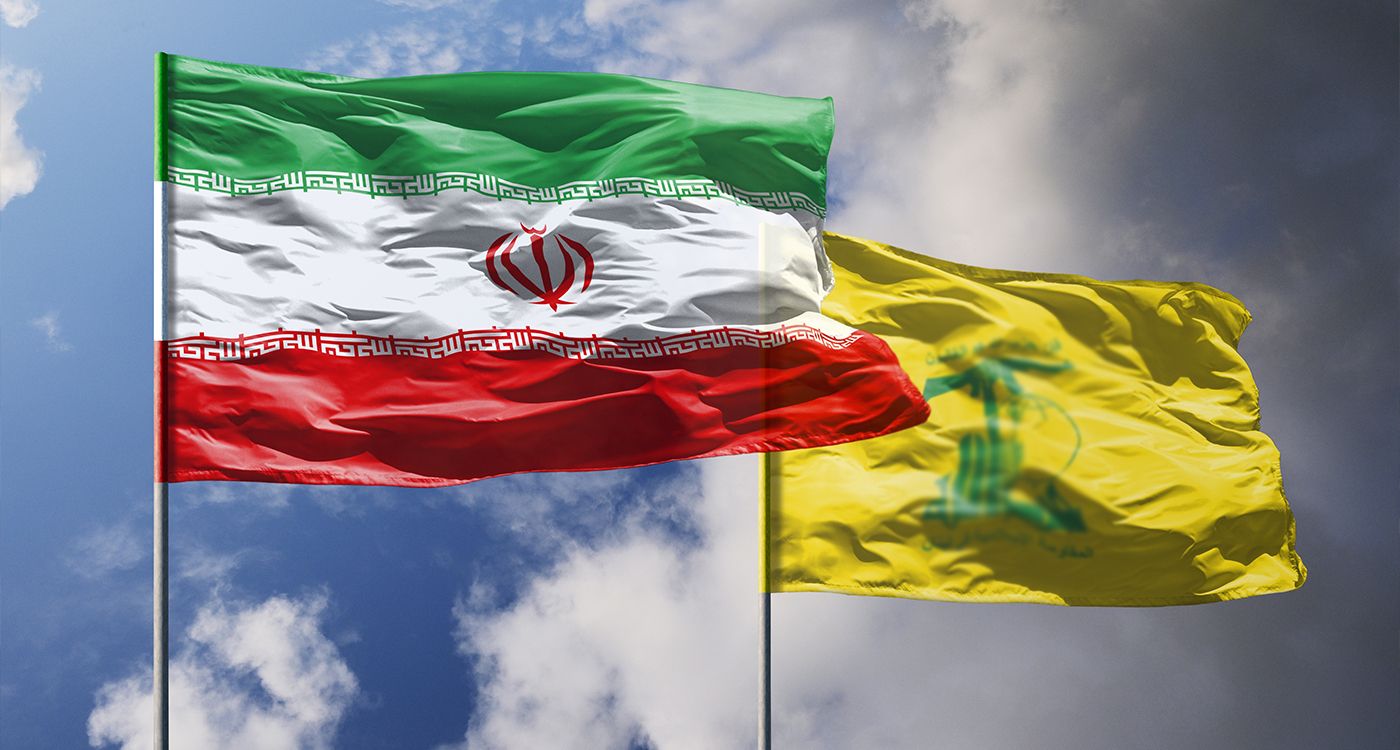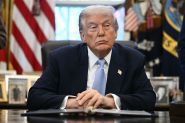
Seventeen years ago, a summit between Lebanese President Michel Sleiman and Syria’s Bashar al-Assad called for Israel's withdrawal from the “Lebanese” Shebaa Farms, the Kfarchouba Hills and the northern part of Ghajar, in accordance with relevant United Nations resolutions. The two leaders also agreed to establish diplomatic relations for the first time, reactivate a joint committee to demarcate and secure borders, combat smuggling and illegal activities and activate a committee to address missing persons from both sides. This was followed by Syria’s official recognition of Shebaa as Lebanese.
However, most of these provisions remained unimplemented, except the establishment of diplomatic ties, despite Lebanon's persistent demand to finalize the border demarcation. The debate over the identity of Shebaa continued. Walid Joumblatt considered it Syrian, while Hezbollah’s slain chief Hassan Nasrallah firmly insisted it was Lebanese. However, Nasrallah did not leverage his relationship with the Assad regime to secure an official document affirming Shebaa’s Lebanese status for submission to the United Nations.
In an attempt to justify his position, Assad accused Israel of raising the issue to delegitimize the “resistance,” insisting that no border demarcation would occur until Israel withdrew from the area. As a result, the work of the demarcation committees stalled. Thus, Shebaa became a political tool for Hezbollah, justifying its resistance narrative, and a card for Syria to counter US pressure on Iran. Damascus continued intervening in Lebanon’s internal affairs and supporting Hezbollah instead of focusing on the Golan Heights.
With the success of Hay'at Tahrir al-Sham in toppling Bashar al-Assad’s regime and establishing a new leadership under the interim presidency of Ahmad al-Sharaa, Syria’s stance toward Lebanon changed. Sharaa criticized the Assad regime's hostile and authoritarian approach to Lebanon, which had involved violence, assassinations, using Lebanon as a pawn in its international political strategy and monopolizing control over its political decisions. He called for a more balanced and respectful relationship with Lebanon, emphasizing dialogue to resolve outstanding issues and placing bilateral relations on a foundation of good neighborliness and cooperation, starting with border demarcation.
It became evident that Syria was distancing itself from the Iranian axis and returning to the Arab fold. To mark this shift, Sharaa’s first foreign visit was to Saudi Arabia. Further signaling this change, Saudi Arabia hosted the first official meeting between the defense ministers of Lebanon and Syria in Riyadh, where they agreed on border demarcation, with Saudi Arabia playing a key role in reinforcing good neighborly relations between the two countries.
Amid these developments, Prime Minister Nawaf Salam's visit to Saudi Arabia became highly significant, both in form and substance, symbolizing Lebanon’s move away from Iranian influence and back into the Arab fold. This shift was further underscored when President Aoun informed an Iranian delegation attending Hassan Nasrallah’s funeral that Lebanon rejected Iranian interference in its internal affairs. Lebanon also upheld its stance by blocking Iranian flights from using Rafic Hariri International Airport, despite objections from Hezbollah and its allies.
The Saudis informed Salam that a new phase had begun in the region, one in which Lebanon could no longer pursue the policy it had followed in the past regarding Hezbollah’s weapons and their integration into the state. The idea that this issue was purely an internal matter, to be resolved through dialogue and a defensive strategy, was no longer viable. Washington, Paris and Riyadh made it clear that Lebanon needed a new approach to the weapons issue, one that involved a political decision, a military mechanism and a clear timeline to ensure the state’s monopoly on arms by June—the final deadline for Iran to engage in a diplomatic resolution of its nuclear file.
At the same time, American political circles clarified that the current Lebanese administration is under scrutiny. These circles are urging the Lebanese government to implement the reforms recommended by the International Monetary Fund (IMF) and enhance control of ports, facilities and border crossings, noting that despite being targeted by Israel, Hezbollah continues to act according to Iran’s agenda.
In parallel, political circles close to Hezbollah argue that Israel must first fully implement the terms of the ceasefire and cease its hostilities against Hezbollah. They claim that this would allow the Lebanese State to assert control over all its territory through its own military forces.
While Western sources assert that a nuclear deal with Iran will only be reached on Washington’s terms, the US administration is determined to resolve the Iran issue by June, either through diplomacy or military action. According to media reports, Iran has sent positive signals, including a withdrawal from Yemen. The Iranian president also declared, following communication with Saudi Crown Prince Mohammad Bin Salman, that Iran is “not at war with any country.”
The question remains: Has the role of Hezbollah’s weapons and the exploitation of the Shebaa Farms for Iran’s agenda come to an end? The current situation offers little reason for optimism, as Iran still views Lebanon as a vital leverage point. Hezbollah continues to reject the demarcation of the southern and eastern borders and refuses to disarm, indicating that Lebanon remains volatile and can still be exploited by Iran whenever necessary.





Comments